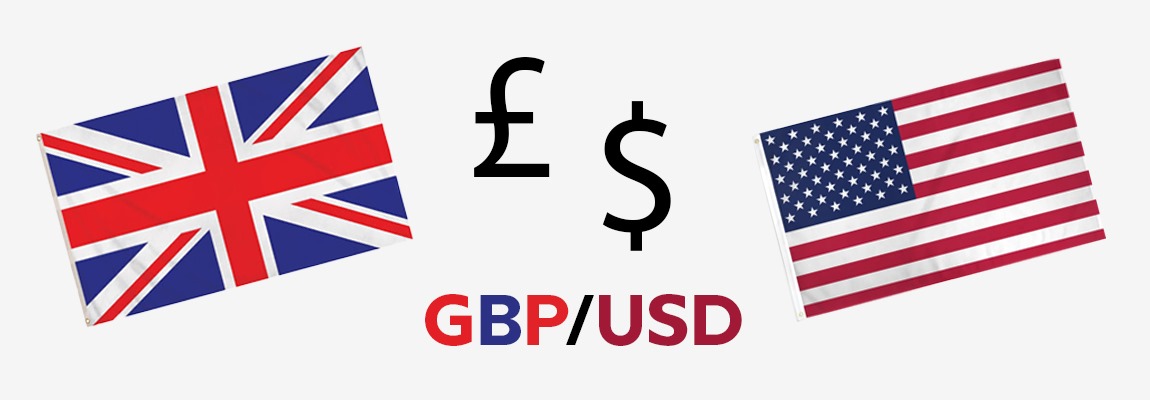
GBP/USD Analysis
Evening Update: GBP/USD is now trading at 1.2600. Will it bounce or continue to fall ?
The GBP/USD pair is currently trading below the 200 DMA on the weekly chart, having faced significant resistance in the 1.2800-1.2850 area. Because GBP/USD is weighted at 12% in DXY, the fundamental cause of the GBP/USD decline was a significant increase in the Dollar Index. As we noted in a recent piece, the Dollar Index was trading near its strong support level of 100.50–100.80. Every uptick on the chart indicates an opportunity to sell GBP/USD.
- Following a sharp decline, the GBP/USD pair dipped below the 200 DMA.
- The chart illustrates that the 200 DMA and trendline have decisively rejected the GBP/USD pair. It might enter the 1.2400 and 1.2100 zones, respectively.
- The 200 DMA on the weekly chart is at 1.2850, where it meets trendline resistance. Given that any price increase could be met by a massive supply, we should expect the GBP/USD price to fall even more.
Please refer to the preceding chart for GBP/USD resistance and movement near the weekly 200 DMA. The trendline resistance was between 1.2800 and 1.2850, and GBP/USD dropped to roughly 1.2550. According to our analysis, the Dollar Index is expected to rise from its current range of 100.50 to 100.80, which represents a strong support zone. Because they are in an inverse relationship, when the Dollar Index rises, the GBP/USD decreases, and vice versa. As a result, the rise in DXY was a major contributor to the GBP/USD fall.
The GBP/USD pair may fall further between 1.2400 and 1.2100. The DXY may rise to 105.50 and 107.00, respectively, because the GBP/USD is inversely proportional to the Dollar Index, as previously stated.
Please see the weekly chart for GBP/USD support and resistance levels. The spot chart represents all levels.
|
GBP/USD |
Support |
Resistance |
|
Level 1 |
1.2400 |
1.2800 |
|
Level 2 |
1.2100 |
1.2850 |